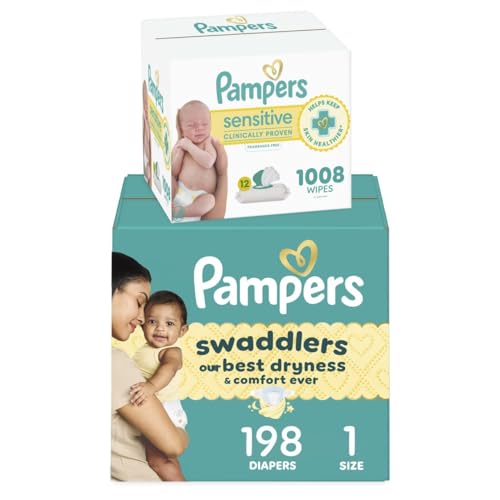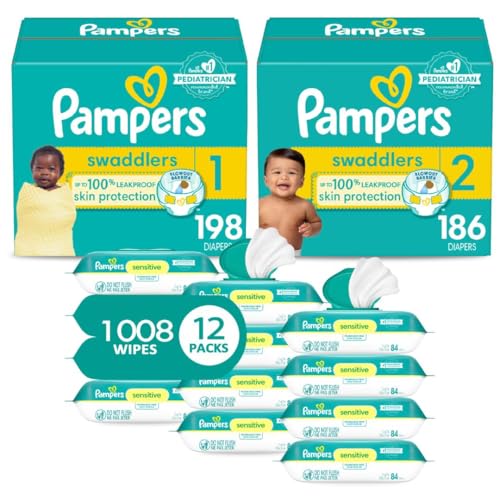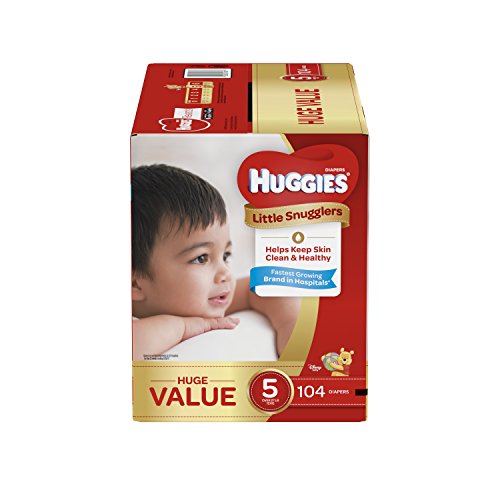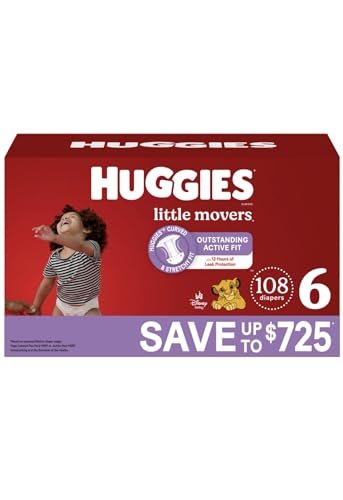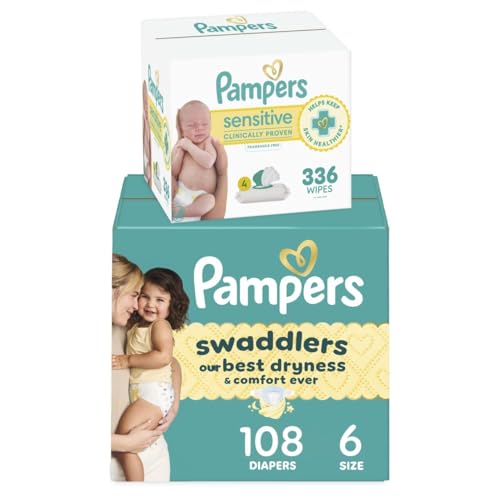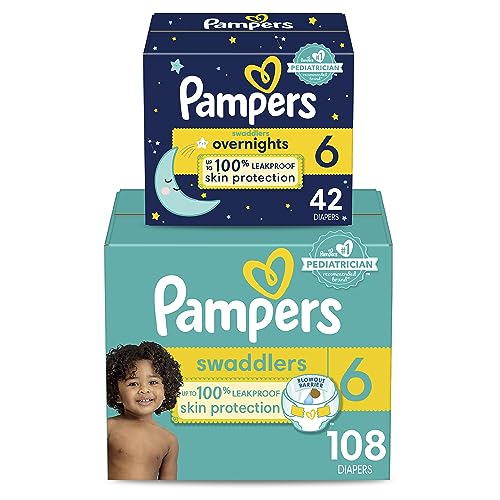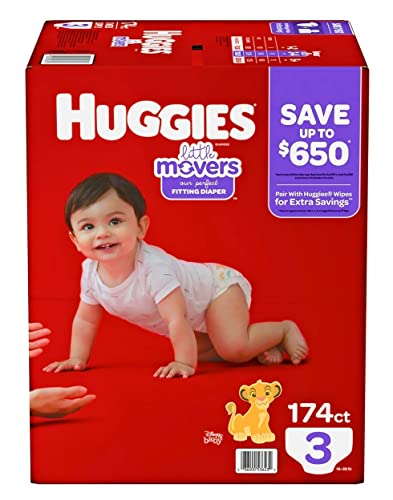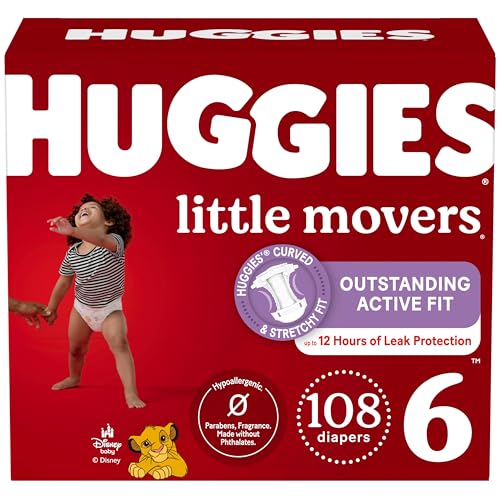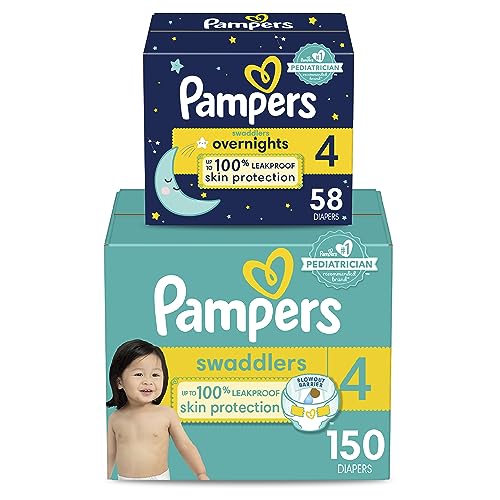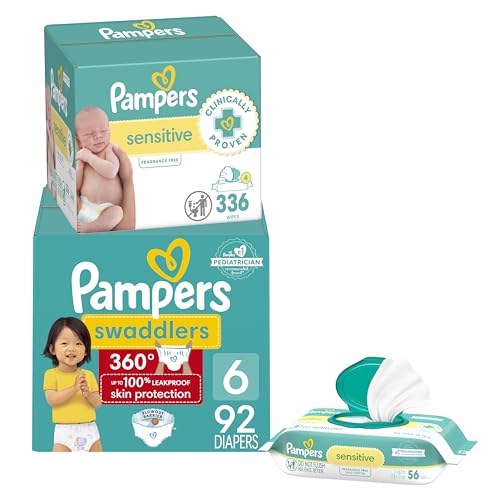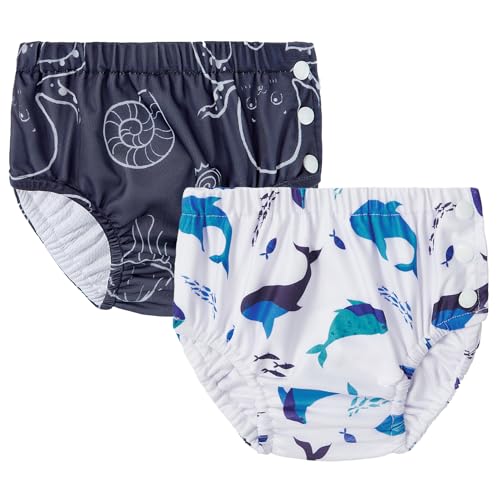Choosing the right diaper can feel overwhelming for any parent, especially when trying to decide between the two biggest names in the market. Diapers Huggies vs Pampers is a common debate that many parents face, and the decision can truly affect your baby’s comfort and your peace of mind. From newborns to toddlers, each brand has its strengths, and understanding the differences will help you make the best choice for your child.
Whether it’s a quick trip to the store or a late-night diaper change, having the right diaper can make all the difference. Parents often wonder about leak protection, comfort, and ease of use, and both Huggies and Pampers excel in different areas. This guide will explore everything from pricing and materials to overnight performance, helping you feel confident about your decision.
In this article, we’ll dive into a detailed comparison of Huggies vs Pampers, looking at specific age ranges, product lines, and special features. By the end, you’ll have a clear understanding of which diaper suits your baby best, whether you’re asking “what’s better Huggies or Pampers” or comparing features for newborns or toddlers.

Huggies vs Pampers for Newborns: Comfort and Protection
Choosing a diaper for a newborn is crucial because their skin is delicate and requires maximum protection. Huggies vs Pampers for newborns brings some key differences to light. Pampers Swaddlers are widely praised for their soft material and snug fit that helps prevent leaks. The umbilical cord notch is also carefully designed to avoid irritation, making Pampers a favorite for many parents.
Huggies Little Snugglers, on the other hand, offer excellent absorbency and a secure fit with a pocketed waistband that helps prevent blowouts. Parents often appreciate the gentle liner that wicks moisture away quickly, keeping the baby dry for longer periods. While the Huggies tabs can be tricky at first, they are sturdy once properly fastened.
Both brands have wetness indicators, though many parents find them more convenient than essential. Choosing between Huggies and Pampers at this stage often comes down to personal preference and your baby’s unique needs. For newborns, the decision may hinge on softness, fit, and how well the diaper manages moisture.
Huggies vs Pampers Price: Getting the Best Value
When considering diapers, budget is always a concern, and Huggies vs Pampers price can influence your decision significantly. Pampers Baby Dry diapers tend to be slightly more expensive per diaper, especially for larger boxes. However, many parents find the extra cost worth it for the softness and leak protection offered.
Huggies, particularly the OverNites and Little Movers lines, are often more cost-efficient when bought in bulk. Over time, choosing Huggies may save money without compromising on quality, particularly for active toddlers who need reliable daytime or overnight protection.
It’s also worth noting that both brands offer loyalty programs and occasional promotions. Comparing costs while considering your baby’s comfort ensures you get the most value without sacrificing performance. Ultimately, price is just one factor in the broader comparison of Huggies vs Pampers.
Daytime Diapers: Huggies vs Pampers Performance
For daytime use, choosing the right diaper ensures your baby stays comfortable and dry throughout the day. Pampers Baby Dry and Swaddlers are praised for their generous coverage and excellent absorption, making them ideal for newborns and younger infants. The soft material and stretchable tabs help maintain a snug fit without causing discomfort.
Huggies Little Movers and Little Snugglers perform exceptionally well for older babies and toddlers. They offer contoured legs and double grip strips that secure the diaper during playtime. The diapers are designed to accommodate movement, reducing leaks even when your child is active.
Parents often report that Pampers may edge out Huggies slightly for newborns due to their softer feel and more comprehensive coverage. For toddlers, however, Huggies provides more flexibility and stays in place during high-activity periods. Using the right daytime diaper improves both comfort and convenience for parents.
Huggies vs Pampers Pull Ups: Transitioning to Toddlerhood
When it’s time to move from diapers to training pants, Huggies vs Pampers Pull Ups offers options for toddler independence. Both brands provide pull-up styles designed for potty training, but Huggies Pull Ups are generally thicker and more absorbent, helping prevent accidents during the day and night.
Pampers Easy Ups focus on comfort and a snug fit that encourages toddlers to pull them up and down easily. The material is soft, and the design often resembles regular underwear, which can be motivating for young children learning potty habits.
Choosing between Huggies Pull Ups and Pampers Easy Ups depends on your toddler’s routine and how active they are. Parents may find Huggies better for overnight use, while Pampers excels in promoting daytime training and independence.
Overnight Diapers: Huggies vs Pampers Overnight
Overnight diaper performance is one of the most critical factors for parents. Huggies vs Pampers Overnight shows a clear division: Pampers Swaddlers Overnights are soft and provide excellent coverage, but they can sometimes leak if the diaper becomes compressed during sleep.
Huggies OverNites, however, often outperform Pampers in overnight absorbency. The snug waistband, contoured legs, and double leak guard protect against even the heaviest night-time messes. Many parents report fewer wake-ups due to leaks when using Huggies OverNites, especially for toddlers.
For parents asking “are Huggies or Pampers better” for overnight use, Huggies tends to have the edge in holding large volumes of liquid while keeping the baby comfortable. Both brands are reliable, but Huggies may offer more peace of mind for a full night’s sleep.
How to Choose: What’s Better Huggies or Pampers?
Making the choice between Huggies and Pampers
It depends on multiple factors, including your child’s age, activity level, and personal preferences. Here are key points to consider:
- For newborns, Pampers Swaddlers often provide better softness and umbilical cord protection.
- For toddlers and active babies, Huggies Little Movers offer superior fit and flexibility.
- For overnight use, Huggies OverNites provide excellent absorbency and leak protection.
- Budget-conscious parents may prefer Huggies for slightly better cost efficiency over time.
Every baby is unique, and what works for one may not work for another. Testing different lines and keeping track of performance will help you find the best fit for your child’s needs.

Huggies vs. Pampers: A Detailed Product Line Review
Newborn Diaper Options
Huggies Little Snugglers Overview
- Designed for delicate newborn skin with a soft, breathable liner.
- Features an umbilical cord cutout for better comfort.
Pampers Swaddlers Overview
- Ultra-soft with a moisture-wicking liner to prevent diaper rash.
- Preferred by many hospitals for newborns.
Diapers for Active Babies
Huggies Little Movers Features
- Snug fit with elastic sides to prevent leaks for crawling babies.
Pampers Cruisers Features
- Designed with Stay-Put Fit for added flexibility.
Overnight Diapers: Which Lasts Longer?
Huggies Overnites Overview
- Extra absorbent for up to 12 hours of protection.
Pampers Baby Dry Overview
- Features three layers of absorbency for overnight dryness.
Performance in Real-Life Situations
Diaper Performance for Newborns
Pampers Swaddlers are preferred by hospitals and new parents for their softness and wetness indicator. However, Huggies Little Snugglers offer a snugger fit that prevents leaks.
How Each Brand Handles Overnight Use
When comparing Huggies vs Pampers overnight diapers, many parents report that Huggies Overnites are more absorbent.
Diaper Fit for Active and Crawling Babies
Huggies Little Movers provides a more secure fit, while Pampers Cruisers offer better flexibility for active toddlers.
Eco-Friendliness and Sustainability
Huggies’ Approach to Sustainability
Huggies has introduced biodegradable wipes and is working on reducing waste in its production process.
Pampers’ Eco-Friendly Initiatives
Pampers has launched its Pure line, which contains no chlorine bleaching and uses plant-based materials.

What Parents Say: Real Customer Reviews
Positive Feedback for Huggies
- Great fit for active babies.
- Superior leak protection.
Positive Feedback for Pampers
- Softer material and better for newborns.
- More widely used in hospitals.
Huggies vs. Pampers: Which One Should You Choose?
1. Best Choice for Newborns
Pampers Swaddlers offer a soft, hospital-grade material that is ideal for newborns.
2. Best Choice for Sensitive Skin
Huggies Little Snugglers are fragrance-free, making them a better option for babies with sensitive skin.
3. Best Choice for Budget-Conscious Parents
When comparing Huggies vs Pampers price, Huggies tends to offer better discounts and bulk savings.
Conclusion
Here is a comparison table between Huggies and Pampers, assigning scores for each evaluated criterion. The rating scale ranges from 1 to 5, where 5 represents the best performance.

Total Score
- Huggies: ⭐ 58/65
- Pampers: ⭐ 56/65
Huggies and Pampers are highly competitive brands, each excelling in different aspects. Huggies stands out for absorbency, price, and skin sensitivity, while Pampers is preferred for newborns and offers a softer, more comfortable fit. The ideal choice depends on the baby’s needs and the parents’ preferences.

GET A CHANCE TO WIN A GIFT BASKET FULL OF BABY SUPPLIES!
ABSOLUTELY FREE!
- Free shipping
- No credit card needed
Get a chance today to Win a Huggies Gift Basket! You don’t have to buy anything. Just join now by entering your email address and follow the instructions! Do Not Miss This Opportunity! Only a Few Gift Baskets Available! GET YOURS HERE!
Frequently Asked Questions About Huggies vs. Pampers
Most hospitals use Pampers Swaddlers due to their soft feel and wetness indicator.
Newborns should be changed every 2-3 hours to prevent diaper rash.
Huggies are often considered better for overnight use due to their extra absorbency.
Yes, but some babies may develop a preference for one brand over the other.


